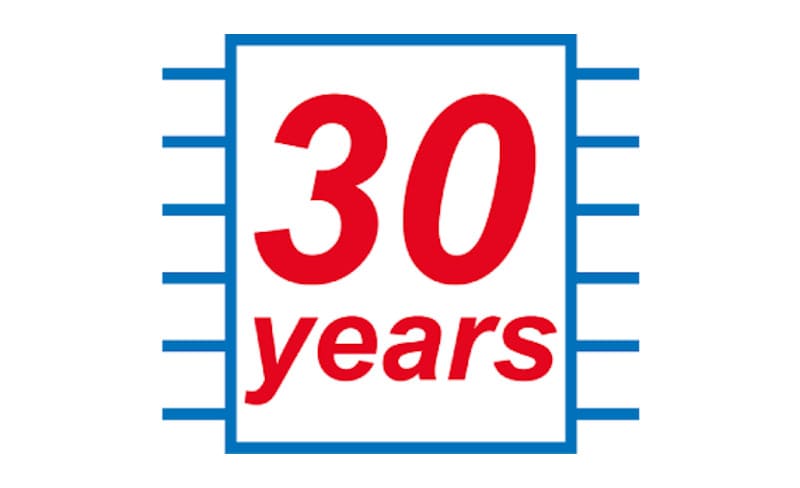The PLC has changed. In its 50 years of existence, it changed from a big, clumsy heavy rack sized unit (however modular and rugged) to small flexible and low-cost devices, that despite their smaller format have of course a lot more performance.
It has changed from strict logic to the combination of logic, motion, and safety, both in the development environment as in the controller. And, on top of that, the ever more important communication and exchange.
Also the software has changed: from a couple of rungs of ladder diagram, to a massive number of different functionalities linked together with structuring tools, different programming languages and an ever-increasing libraries of function blocks.
The PLC has changed from a stand-alone unit to a key part of an automation solution. It has moved into the drives, in embedded controllers, in trucks, in farming equipment, and a lot of other places beyond the classical industrial automation. The PLC is more alive than ever, and it is here to stay!
Along with the PLC, PLCopen developed as well. From an organization focussing on increasing the acceptance of the international standard for programming languages IEC 61131-3 in the industrial control field, to the the leading vendor and product independent worldwide association for topics related to industrial control programming that is is nowadays.
During these 30 years PLCopen developed from an organization concentrated on increasing the acceptance of the international standard for programming languages IEC 61131-3 to the leading vendor and product independent worldwide association for topics related to industrial control programming it is nowadays.

